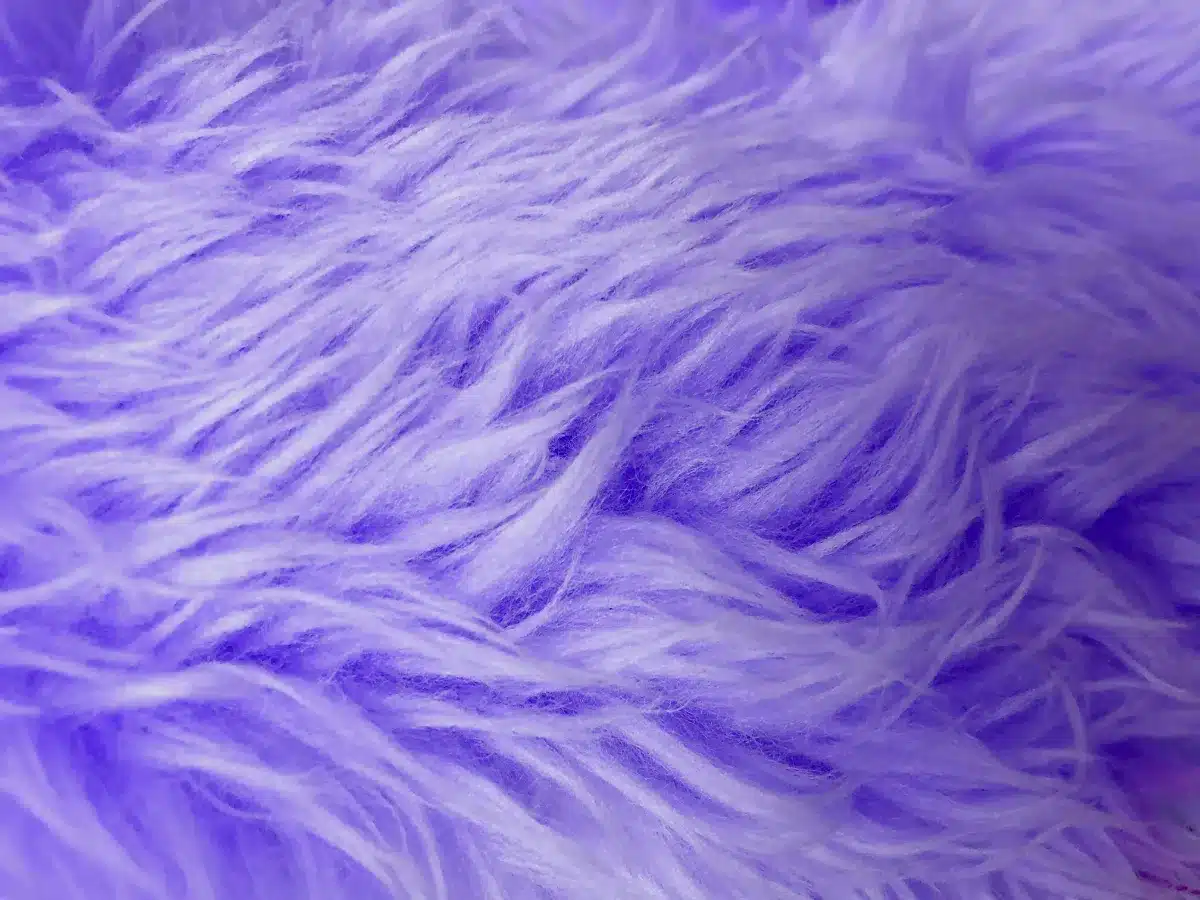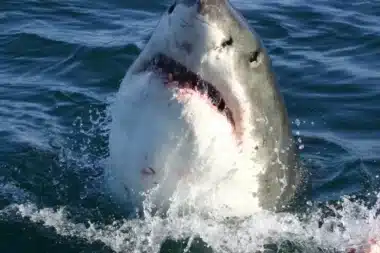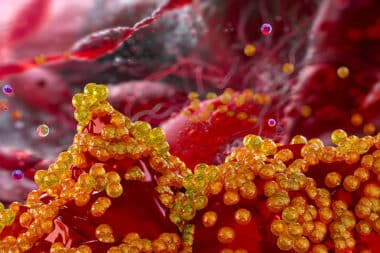The idea of bringing back the woolly mammoth, that legendary creature from the Pleistocene, isn’t just sci-fi anymore. Researchers over at Colossal Biosciences are working on reintroducing this lost giant into today’s world. Their goal isn’t only to revive a species but also to use genetic science to tackle environmental challenges like imbalanced ecosystems and climate change.
The vision behind the comeback
This bold project aims to make elephant-mammoth hybrids rather than trying to clone a perfect mammoth from ancient DNA. The plan is seen as more doable and likely to help modern ecosystems. By mixing mammoth traits with Asian elephants—which share 99.6% of their DNA with woolly mammoths—scientists hope to create a hybrid that can handle cold weather and contribute beneficially to its surroundings (think of it as nature lending a helping hand).
Colossal Biosciences imagines these hybrids playing an important role in their habitats by encouraging grassland growth and reducing tundra thawing (natural processes that might slow down climate change). As Ben Lamm, CEO of Colossal Biosciences, put it, “The Colossal woolly mouse marks a pivotal milestone in our de-extinction mission.”
Australia Just Discovered a 55-Billion-Ton Iron Ore Deposit Worth $6 Trillion
Genetic tinkering and trial subjects
Before moving on to elephants, the scientists are testing genetic tweaks in the lab. Mice were chosen for these experiments because they reproduce quickly and have well-understood genetics. These little critters make perfect test subjects thanks to their short lifespans and the ease with which their genes can be modified.
In the lab, several genes tied to hair length, texture, color, and cold adaptation were adjusted in mice. The result? “Woolly mice” sporting a golden-brown coat with fur that’s three times thicker than normal mice, even though their body mass stayed the same.
Checking the test results
Creating these “woolly mice” is a big step forward, but there’s still a lot unknown about whether these gene tweaks will really give the desired cold tolerance or other perks needed to survive in Arctic-like conditions. Some scientists are a bit skeptical about whether these experiments are enough to eventually produce a viable mammoth hybrid.
Robin Lovell-Badge from the Francis Crick Institute shared his doubts with The Guardian, saying, “We are dealing with hairy mice that look cute, but whose physiology and behavior we don’t fully understand. This doesn’t let us know if they’ll someday pass on any mammoth-like traits to elephants.”
Looking ahead: future plans
Even with the doubts, Colossal Biosciences is staying upbeat about its timeline. The company is aiming to see the first woolly mammoth hybrid by the end of 2028. If they pull it off, it’ll be a landmark achievement in genetic engineering and conservation biology.
This project brings up both the potential upsides and the ethical dilemmas that come with de-extinction. Success here could open the door to similar projects, whether it’s reviving lost species or helping endangered ones via advanced genetic methods.
As we stand on the edge of what might be a new era in conservation science, this initiative gets us thinking about how technology might change our relationship with nature—and what kind of responsibilities come with using such powerful tools. Whether you see it as an ambitious dream or a reality just around the corner, the push to bring back woolly mammoths is making us rethink how we can protect and celebrate Earth’s rich diversity.








